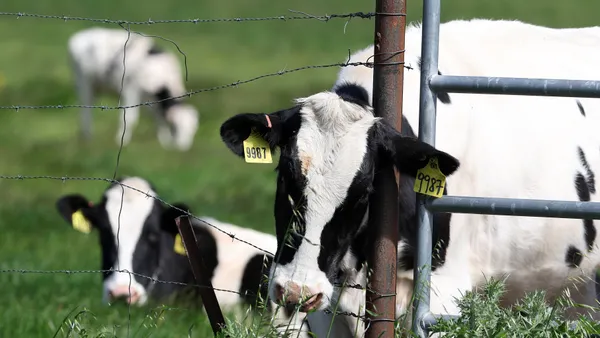An African American scientist failed to show that NASA discriminated against him when it twice declined to hire him, a Maryland district court ruled July 22 (Gatebe v. Nelson, No. 8:18-cv-00182, (D. Md. July 22, 2022)). In both cases, the court said, NASA “articulated legitimate, nondiscriminatory reasons” for not choosing the plaintiff. The court also dismissed the plaintiff’s retaliation claim.
Though the plaintiff argued “preselection” had occurred in the first case — saying the hiring manager told him he had someone “in mind” for the role — the process included an automatic screening for job and educational qualifications, the court said. Thereafter, an independent subject matter expert selected finalists, without involvement from the hiring manager.
In the second case, the plaintiff argued he was “superiorly more qualified” than the scientist eventually hired, but the hiring team unanimously agreed that she had “comparatively deeper experience” that made her “the top candidate for the position,” they said.
The case may serve as a reminder to compliance professionals of how they can reinforce the legitimacy of hiring selections. The opinion also points to ways NASA’s case could have been stronger.
For the plaintiff’s claim to advance beyond a motion for summary judgment, he needed to show four elements under the McDonnell Douglas burden-shifting framework, the court said: “(1) he belongs to a protected class; (2) he applied for and was qualified for a job for which the employer was seeking applicants; (3) despite his qualifications, he was rejected; and (4) after the rejection, the position remained open and the employer continued to seek applicants from persons of his qualifications, or that someone outside of his protected group was selected for the position.”
So demonstrated, the burden shifted to NASA to supply a legitimate, nondiscriminatory reason for not selecting the worker. This it was able to do, the court said.
In the first case, the agency used an automated process to narrow down the candidates according to a specific set of criteria, and had an independent expert further narrow down that pool, the court said. The plaintiff therefore could not demonstrate that the hiring manager, a different person from the independent expert, chose a different candidate “in advance of the hiring process.”
However, the court did grant that the selection process was “mushy,” noting that “the hiring committee did not take notes during the interviews or check candidates’ references.” Although it noted that “this process alone does not give rise to an inference” the candidate was rejected based on race, HR pros may want to note the importance of thoroughness and documentation in supporting hiring decisions.
The process appeared less “mushy” for the second case of nonselection. A diverse interview committee — in terms of both race and gender — selected both candidates who were offered the position (the first turned down the role, and the position was advertised a second time). The committee checked references, including the plaintiff’s, and received negative comments about him, including that he was “verbally abusive” and “not a good leader.”
In the case of the scientist who ultimately accepted the position, the committee was able to point to specifics, including her “experience writing research proposals and scientific publications, her leadership abilities and educational background, and her demonstrated ability to conduct the snow-related research relevant to the job,” according to the court.
“For the claims to proceed to trial, some evidence must permit the reasonable inference that the ‘employer’s proffered explanation’ for [the plaintiff’s] non-selection is ‘unworthy of credence,’ and that the true reason for his rejection had been his race,” the court said. “When viewing the record most favorably to [the plaintiff], a rational trier of fact could not reach this conclusion.”














